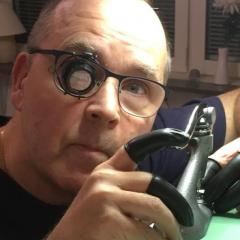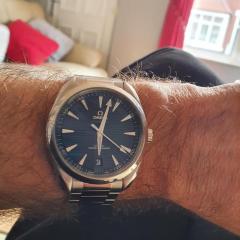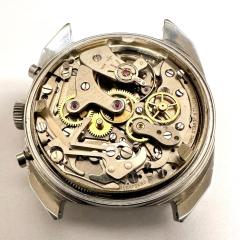Miyota calibre 9015 service walkthrough, review and ETA 2824-2 comparison
-
Recently Browsing
- No registered users viewing this page.
-
Topics
-
Posts
-
By coreymsnow · Posted
Hah! Well, California will have to do. Lived in TX for a brief period back in the early 70s, though, so maybe that counts. 🙂 Funny you should mention making vacuum tubes- I've actually tinkered with that! It's REALLY tough to do, and I've never made one more complicated than a simple diode that barely worked, but I have played around at it. But there's just no infrastructure for vacuum tube fabrication. I can get a lathe and learn how to use it to make complex parts, and while it might take a while to learn- and money to get the equipment, of course- it is possible to do more or less "off the shelf". But vacuum tubes, not so much. There are a few folks out there doing some crazy cool work with bespoke tubes, but they have setups that are far beyond what I can manage in my environment and it's mostly stuff they built by hand. I also have been playing with making piezoelectric Rochelle Salt crystals to replace ancient vacuum tube turntable needles- nobody's made those commercially for probably 60 years. I'm a sucker for learning how to do weird things no one does any more so I can make things no one uses work again. (I think this is drifting off the topic of lathes, lol). -
By LittleWatchShop · Posted
You shoulda been born in Texas. Tough to make a vacuum tube though. You can substitute with a MOSFET eq ckt I guess. I was playing around making a pinion the other day. More to it than meets the eye. -
Well, turns out it was a fake bezel! The crystal is domed mineral glass and I was able to find a cheap replacement that should be here in two days. I used my crappy little press to pop out the cracked crystal, Ill give the case a good cleaning in the meantime and do a once over on the movement.








Recommended Posts